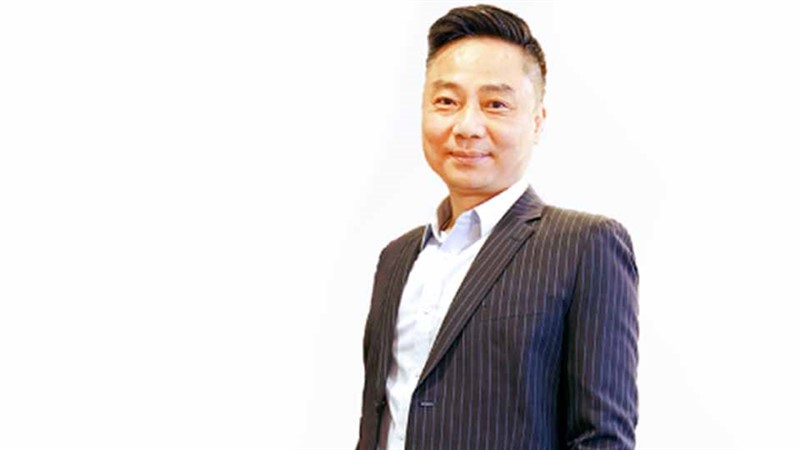Editor's Note
2024.05
Finding an outlet for Taiwan's surging capital

After gathering the Xindian River and the Dahan River, the Tamsui River meanders all the way to the northwest, nurturing all of northern Taiwan. At Guandu, it receives the Keelung River from Pingxi, the “town of sky lanterns.” It eventually becomes the largest river in northern Taiwan, slowly transitioning from freshwater into the sea. Just like the Tamsui, Taiwan’s long-term capital flow has become increasingly turbulent due to dramatic changes in the domestic and international economic situation. It incorporates three tributaries: overseas funds that have been repatriated to Taiwan due to geopolitics between the United States and China; large banks deposits by the private sector over the past few decades, plus rising life insurance industry funds; and international private equity, which has become interested in Taiwan’s energy and economic transformation over the past few years. As these strands converge, the “money up to the ankles” of past days jumps onto the stage again. Just as the Tamsui flows along the topography of Greater Taipei into the Taiwan Strait, what outlet will Taiwan's mighty capital tide find? That is the question this issue of the Taiwan Banker aims to answer. Our reporters have interview investment trusts and securities brokers to analyze these trends and anticipate their development. We also asked life insurers to understand why the industry would rather bear the risk of investing abroad than keep money inside Taiwan. We went overseas to interview large foreign private equity fund managers, asking them to examine Taiwan’s long-term advantages and disadvantages from a global asset management perspective. We must be constantly asking ourselves what Taiwan already has, what we are missing, and where we want to go in for the future. The government will play an important role. Without planning, this liquidity will just flow to wherever opportunity exists: the stock market, real estate market, and ETFs have all become recent stopovers. The excessive funds can only search aimlessly for targets. As soon as a product with a high rate of return appears, capital marches in, like an army. Quarterly and monthly distributions may be attractive, but they are not healthy for Taiwan’s balanced long-term economic and social development. Finance will play an important role in building a more resilient Taiwan, and guiding funds to more effective destinations will be the next priority. In fact, considerable hidden opportunities have yet to be tapped, from infrastructure construction and economic and industrial transformation to social welfare. This will require further loosening of regulations, diversification of financial product offerings, talent, and policy incentives. President Lai, who has previously advocated for Taiwan as an asset management center in Asia, will be inaugurated on May 20. He hopes that his new finance cabinet will gradually solve the problem of continuous capital outflows, decades in the making. I hope that these capital surges can find their outlets and become a key force in Taiwan’s next stage of transformation.



